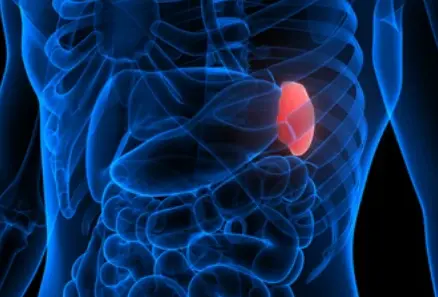 Welcome
Welcome
“May all be happy, may all be healed, may all be at peace and may no one ever suffer."
- A
- B
- C
- D
- E
- F
- G
- H
- I
- J
- K
- L
- M
- N
- O
- P
- Q
- R
- S
- T
- U
- V
- W
- X
- Y
- Z
Joint pain - Generics
Joint pain is a common condition that can affect people of all ages and can be caused by a variety of factors. It can be acute or chronic, and can affect one or more joints.
Common causes of joint pain include injury, overuse, arthritis, bursitis, tendinitis, and gout. Joint pain may also be a symptom of an underlying medical condition such as lupus, Lyme disease, or fibromyalgia.
The symptoms of joint pain can vary depending on the underlying cause and severity of the condition. They may include pain, stiffness, swelling, and redness around the affected joint.
Diagnosis of joint pain typically involves a physical examination and imaging tests such as X-rays, MRI, and CT scans. Blood tests may also be used to check for markers of inflammation or infection.
Treatment for joint pain typically involves managing the underlying cause of the pain. This may include rest, physical therapy, and medication to manage pain and inflammation. In some cases, surgery may be necessary to repair or replace a damaged joint.
Prevention of joint pain involves maintaining a healthy lifestyle, including regular exercise and a balanced diet, as well as avoiding repetitive or strenuous activities that can cause injury or strain on the joints.
If you are experiencing joint pain, it is important to seek medical attention. Early diagnosis and treatment can help to manage symptoms and prevent complications such as joint damage and disability.

Recurrent renal stones

Carcinoma of the colon or...

Carcinoma in situ

Gastric bypass surgery

Streptococcus Septicaemia

Carbuncles

Spondylitis

Sore throat
Joint pain, সংযোগে ব্যথা
To be happy, beautiful, healthy, wealthy, hale and long-lived stay with DM3S.